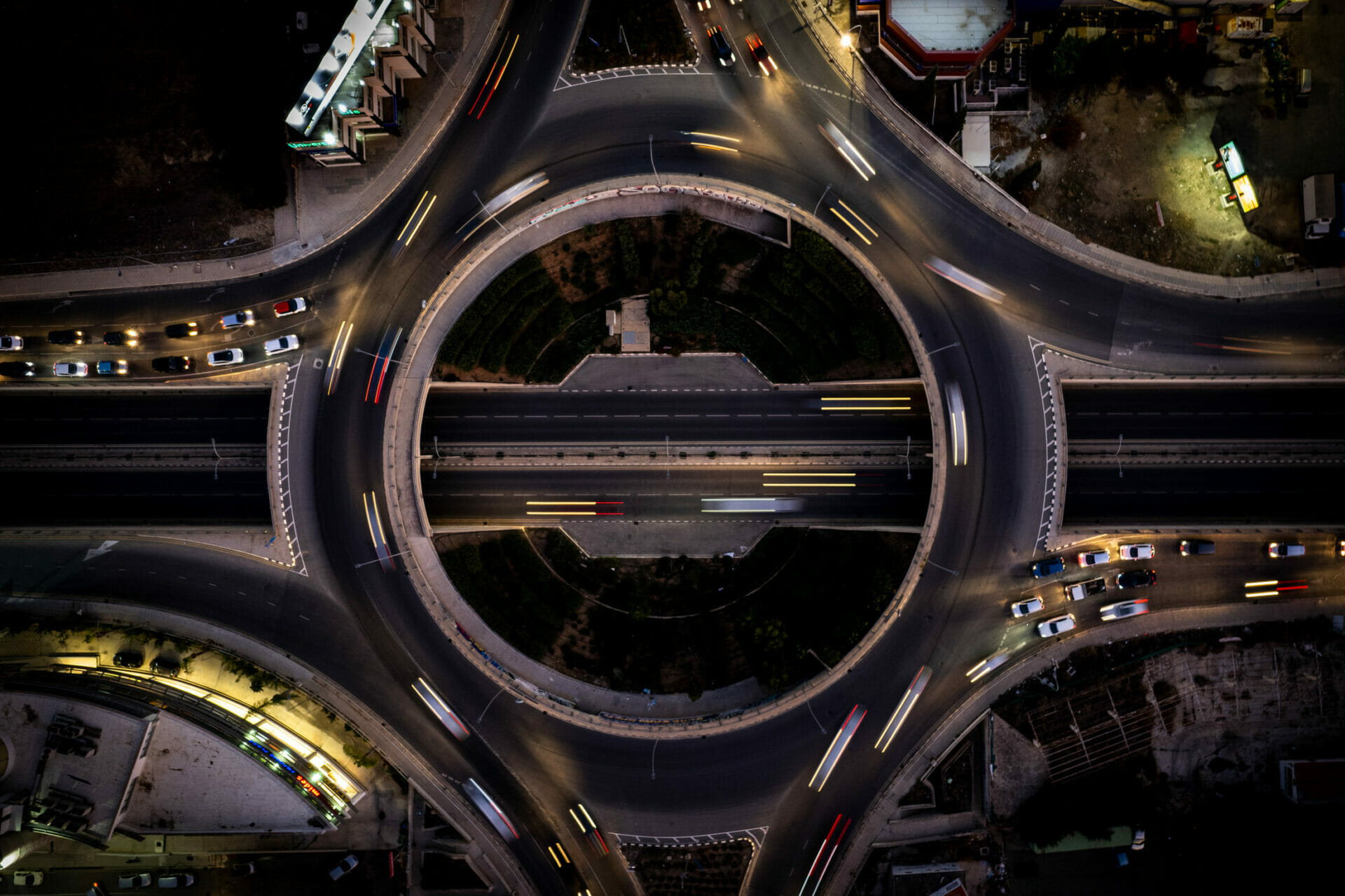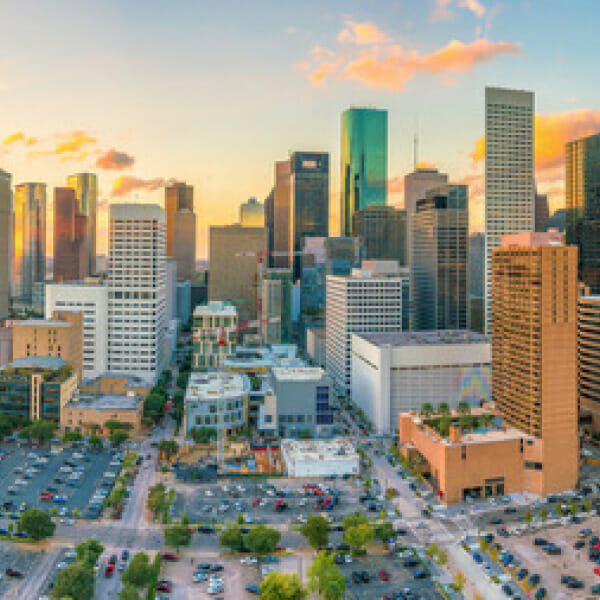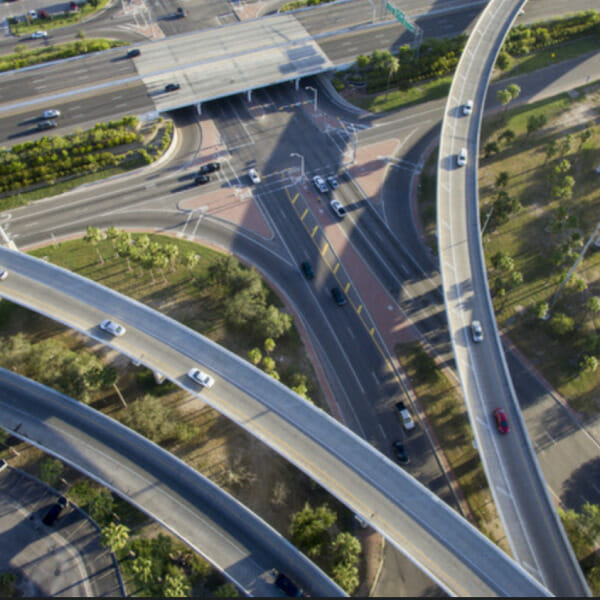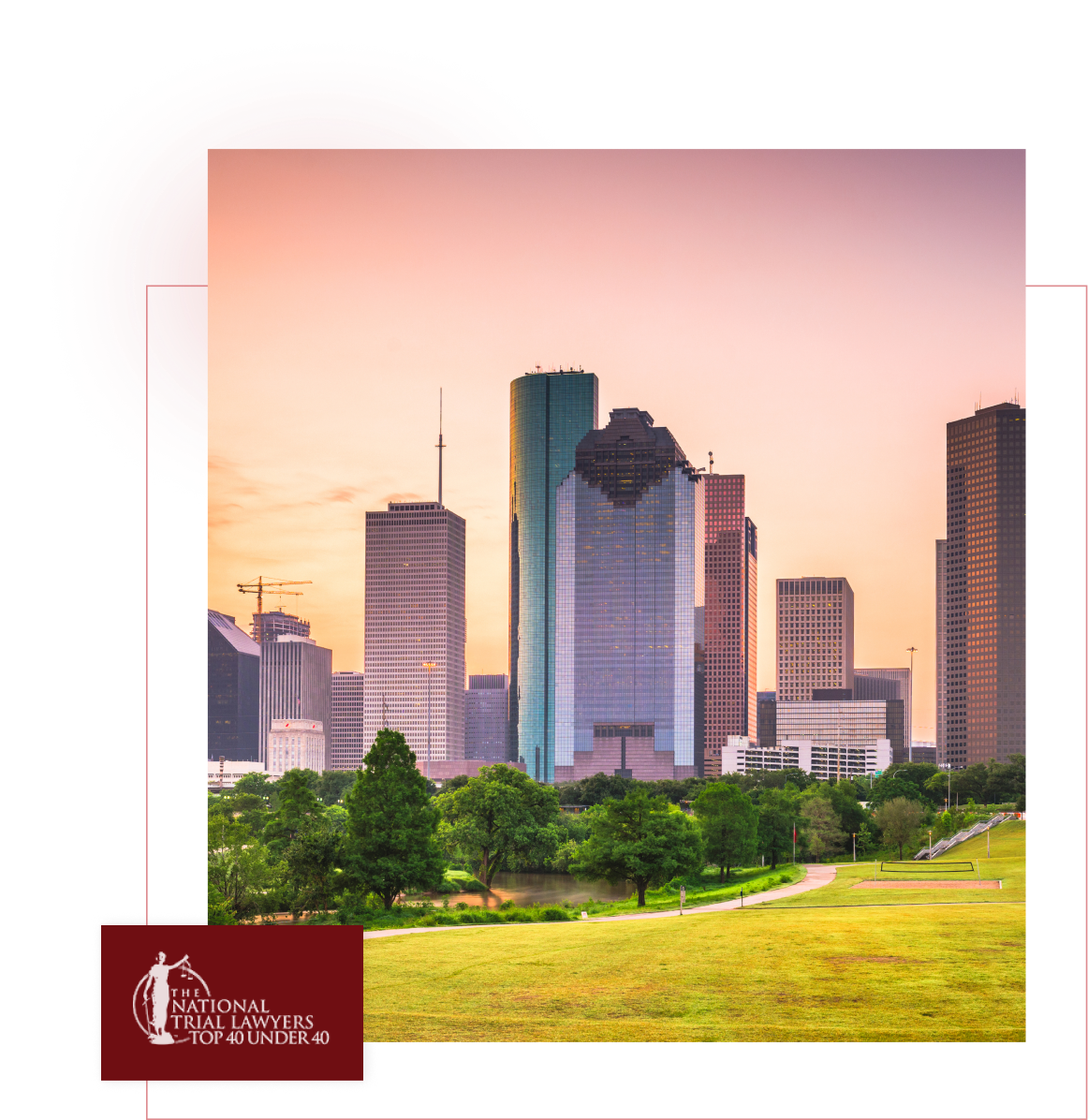There are a few things to consider when determining who's at fault in a roundabout car accident. First, who was the car that entered the roundabout first? If that car yielded to oncoming traffic and entered the roundabout safely, then they are not at fault. If the car did not yield and caused an accident, then they are at fault. Second, who was in the wrong lane? If a car was in the wrong lane and caused an accident, they are at fault. Third, who was speeding? If a car was speeding and caused an accident, they are at fault. Finally, who was not paying attention? If a car was not paying attention and caused an accident, they are at fault.
A roundabout is a type of intersection where traffic circulates around a central island. Roundabouts are designed to improve traffic flow and safety by reducing the potential for conflicts at intersections. They can also help to calm traffic and improve conditions for pedestrians and cyclists.
The first recorded use of the term "roundabout" was in 1908 when British architect John McLaren designed one for use in London. Roundabouts were later introduced in the United States in the 1920s. Early roundabouts in the United States were often large and placed in the center of intersections. They were later redesigned to be smaller and placed to the side of intersections.
Roundabouts have been shown to improve traffic flow and safety at intersections. Studies have shown that intersections with roundabouts have fewer accidents and lower injury rates than intersections with stop signs or traffic lights. Roundabouts also help to reduce traffic congestion and pollution.
A roundabout accident is an accident that occurs at or near a roundabout, which is a type of traffic circle. Roundabouts are designed for safety as well as efficiency, but they can be difficult to navigate because of their layout. According to the National Highway Traffic Safety Administration (NHTSA), “the majority of crashes involving roundabouts occur when drivers fail to negotiate them properly or do not pay attention while driving through one." Drivers should watch out for vehicles entering from different directions, especially if there is no crosswalk. They also need to use caution when turning left onto an island that has only two lanes going into it. Roundabouts have been shown to reduce collisions by up to 40 percent compared with conventional intersections, which makes them popular among designers and engineers. However, some people believe that roundabouts cause more accidents than they prevent; others say they actually make traffic flow better. The most important thing is to learn how to drive around them safely.
There are several different types of roundabouts, each with its own advantages and disadvantages. The most common type of roundabout is the single-lane roundabout, which is typically found in residential areas. These roundabouts are relatively small and easy to navigate but can become congested during peak times.
Another type of roundabout is the multi-lane roundabout, which is often found in busy commercial districts. These roundabouts are larger and can accommodate more traffic, but can be more difficult to navigate.
Finally, there are also mini-roundabouts, which are even smaller than single-lane roundabouts. Mini-roundabouts are often used in areas with very light traffic. They are very easy to navigate, but can only accommodate a limited amount of traffic.

Roundabouts are different from traffic circles in a few key ways. First, roundabouts always have yield signs or stop signs at each entrance, while traffic circles may not. Second, traffic in a roundabout always flows in a counterclockwise direction, while traffic in a traffic circle may flow in either direction. Finally, roundabouts typically have a smaller diameter than traffic circles. These differences can make roundabouts easier and safer to navigate than traffic circles.
Drivers should know that roundabouts are a type of intersection in which traffic flows around a central island in a counter-clockwise direction. Roundabouts are designed to improve traffic flow and reduce congestion, as well as to improve safety by reducing the potential for head-on and rear-end collisions. Drivers should yield to traffic already in the roundabout, as well as to pedestrians crossing the intersection. When exiting the roundabout, drivers should use the right-hand lane.
No, not all roundabouts are dangerous. While they can be confusing for drivers who are unfamiliar with them, roundabouts are actually designed to improve traffic flow and safety. Studies have shown that roundabouts can reduce the number of accidents by up to 37%, and the severity of accidents by up to 75%. When used correctly, roundabouts can be a safe and efficient way to navigate busy intersections.
There are several different types of accidents that can occur on roundabouts. One type of accident is when a vehicle approaches the roundabout too fast and is unable to negotiate the curve. This can lead to the vehicle leaving the roundabout and crashing into oncoming traffic or into a nearby object. Another type of accident that can occur on a roundabout is when two vehicles collide while both attempting to enter the roundabout at the same time. This can often be a head-on collision, which can be particularly dangerous. yet another type of accident that can occur on a roundabout is when a vehicle attempts to exit the roundabout but collides with another vehicle that is already on the roundabout. This can often be a rear-end collision. All of these types of accidents can be very dangerous and cause serious injuries or even death.
1 Greenway Plaza, Suite 100
Houston, TX
77046
(713) 561-5062
https://www.rosesanderslaw.com/houston-law-office
Dallas Location
3232 McKinney Avenue
Dallas, TX
75204
(713) 561-5062
https://www.rosesanderslaw.com/dallas-law-office
McAllen/Hidalgo County Location
3232 McKinney Avenue
Dallas, TX
75204
(713) 561-5062
https://www.rosesanderslaw.com/mcallen-law-office





